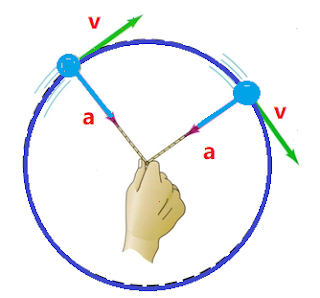Question
Bank
Very Short Answer (1 Marks)
1) Which of the following pairs has the same dimensions?
(a) specific heat and latent heat(b) lmpulse and momentum
(c) surface tension and force
(d) moment of lnertia and torque
2) The atmospheric pressure is 106 dyne/cm². What is its value in SI unit?
(a) 105 newton/m²(b) 106 newton/m²
(c) 104 newton/m²
(d) 103 newton/m²
3) In SI system the fundamental units are
(a) meter, kilogram, second, ampere, Kelvin, mole and candela(b) meter, kilogram, second, coulomb, Kelvin, mole and candela
(c) meter, Newton, second, ampere, Kelvin, mole and candela
(d) meter, kilogram, second, ampere, Kelvin, mole and lux









































